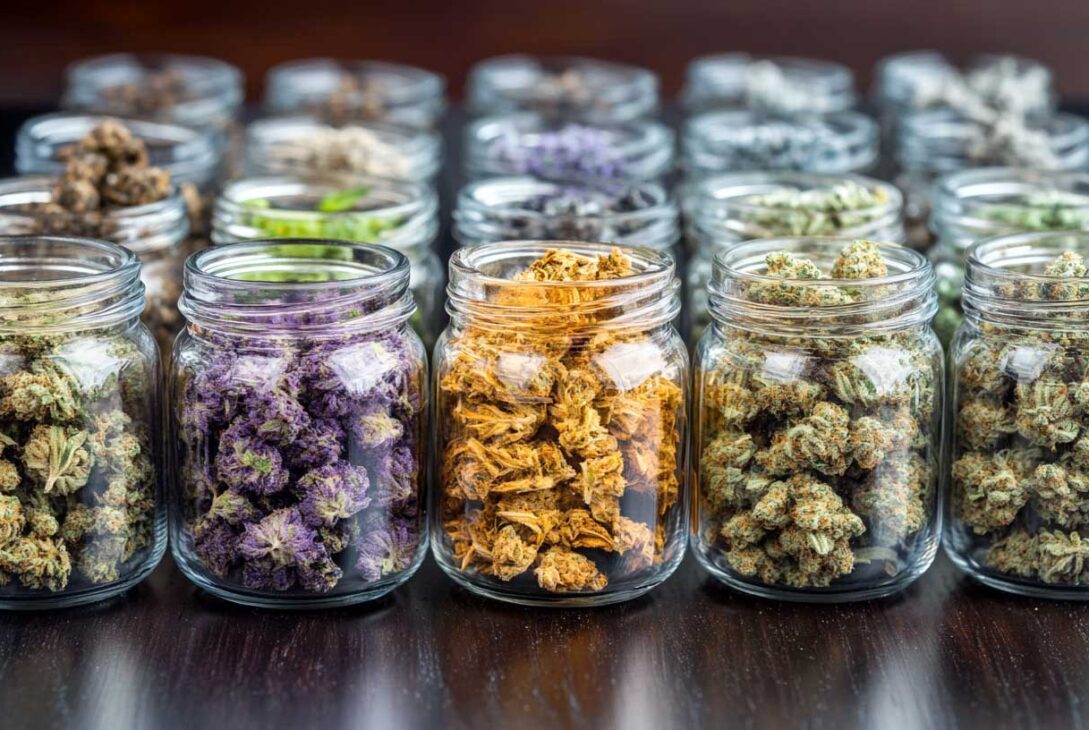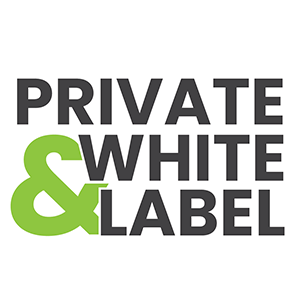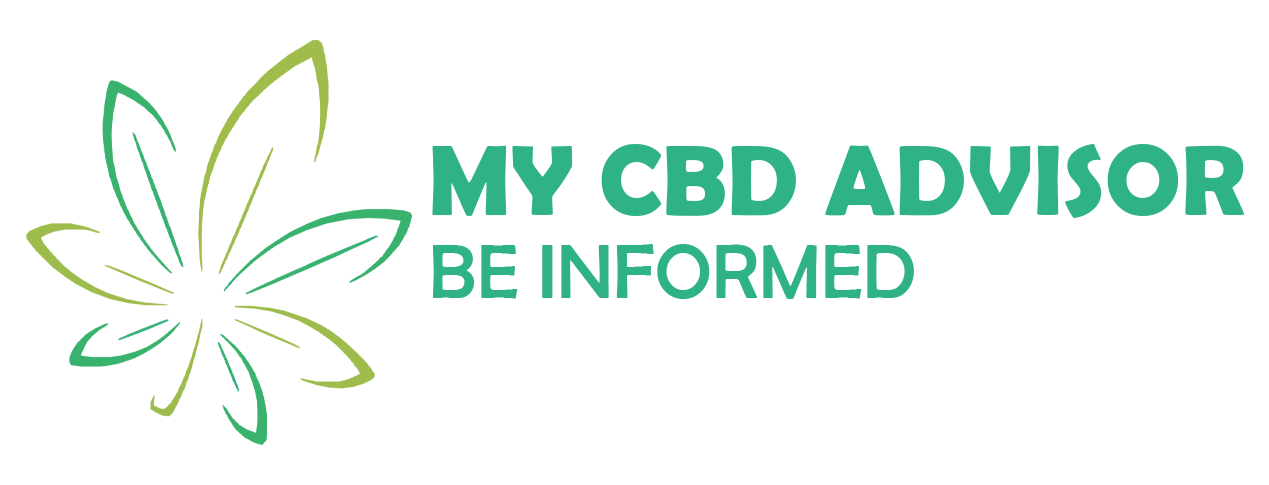Introduction to Cannabinoid Dosage Strategies
In the ever-evolving world of cannabinoid therapy, understanding how to navigate dosage strategies is essential not only for maximizing benefits but also for minimizing any adverse effects. Whether you’re considering CBD for its holistic properties or THC for specific therapeutic applications, this guide will unpack the intricacies of cannabinoid dosage. We’ll explore various health conditions, stress the importance of titration, and delve into personalized medicine to help you find your optimal regimen.
Understanding Cannabinoid Dosage
The Importance of Starting Low and Going Slow
One of the foundational principles in cannabinoid therapy is the mantra: “Start low, go slow.” This approach serves multiple purposes:
- Minimizes Adverse Effects: By starting with a low dose, you can effectively gauge how your body reacts, helping to prevent uncomfortable side effects.
- Evaluates Individual Tolerance: Each person’s endocannabinoid system is unique, meaning reactions to cannabinoids can vary significantly. Low initial doses allow for a controlled exploration of comfort levels.
For THC, a good starting dose might be as small as 2.5 mg, with increments depending on the therapeutic response. Gradually increasing the dosage helps to achieve the desired effects without overwhelming the system.
Titrating THC and CBD
Titration, often referred to as microdosing, involves carefully increasing your dose to find that perfect balance of therapeutic effect without adverse reactions. Here’s a simplified approach:
- For THC: Begin with a single dose of 2.5 mg, and increase incrementally, typically not exceeding 15 mg per day. At doses higher than 20-30 mg, the potential for side effects can outweigh the benefits.
- For CBD: While Cannabis-linked stress relief tends to be less intoxicating, the ideal dose can fluctuate widely. Factors like health conditions, endocannabinoid tone, and daily routines can influence individual responses, which makes flexibility crucial in your approach.
Conditions and Efficacy
Understanding how cannabinoids can help with specific conditions can provide insight into their effective management through dosage.
Epilepsy
Cannabinoids, particularly CBD, have shown remarkable promise in treating severe forms of epilepsy. Epidiolex, which contains 98% CBD, has gained FDA approval for conditions like Dravet syndrome and Lennox-Gastaut syndrome. Here, the starting dose is 2.5 mg per kg, taken twice daily, advancing up to a maximum of 20 mg per kg per day depending on the patient’s response.
Nausea and Vomiting Associated with Chemotherapy
For those coping with the severe nausea and vomiting that accompany chemotherapy, THC analogs like Nabilone and Dronabinol come into play. Typically, they start at:
- Nabilone: 1 mg daily, increasing to a maximum of 6 mg.
- Dronabinol: Usually begins at 2.5 mg, going up to 20 mg when necessary.
Chronic Pain and Multiple Sclerosis
The role of cannabinoids in managing chronic pain, especially in cases of multiple sclerosis, is well-documented. Nabiximols, a THC and CBD buccal spray, has shown effectiveness in reducing spasticity and pain. Initiating treatment with one spray a day, clinicians may increase to a maximum of 14 sprays daily, depending on therapeutic needs and tolerance levels.
HIV/AIDS-Related Weight Loss and Appetite
Patients with HIV/AIDS suffering from appetite loss can benefit from Dronabinol. Patients generally start with 2.5 mg twice daily, which can be increased to a maximum of 20 mg.
Personalized Medicine in Cannabinoid Therapy
Individualizing Treatment Plans
Personalized medicine represents a pivotal aspect of cannabinoid therapy, addressing the fact that every patient has a distinct biochemical makeup and endocannabinoid system. This intricacy necessitates tailored treatment plans based on a range of factors, including:
- Age
- Gender
- Weight
- Existing Health Conditions
- Genetic Predispositions
Compounding Medicine and Precision Dosage
Compounding pharmacy plays an essential role by allowing healthcare providers to create tailored cannabinoid formulations specific to individual patient needs. This customized approach optimizes dosing schedules and delivery methods while minimizing side effects.
The Role of the Endocannabinoid System (ECS)
The endocannabinoid system is essential in mediating how individuals respond to cannabinoid therapies. By learning about a patient’s ECS profile, healthcare practitioners can select the most effective formulation and dosage strategy. This approach is entrenched within the broader context of precision medicine, highlighting the shift toward individualized patient care.
Practical Tips for Patients and Healthcare Providers
Monitoring and Adjusting Dosage
For effective cannabinoid therapy, patients should engage in regular monitoring. This can be performed by:
- Keeping a Journal: Track symptoms, side effects, and any changes in overall well-being. This documentation aids healthcare providers in making informed adjustments.
Combining Cannabinoids with Other Therapies
Cannabinoids can complement other medicines and treatment strategies; however, awareness of potential drug interactions is crucial. An example would be adjusting CBD:THC ratios at varying times of day to optimize therapeutic outcomes effectively.
Preventive Dosing
There’s growing research suggesting that low-dose cannabinoid therapy might be beneficial in managing chronic symptoms or preventing recurrences. Studies on the neuroprotective and cardioprotective properties of cannabinoids indicate that preventive dosing strategies could be a viable option.
Conclusion
Navigating cannabinoid therapy entails a complex interplay of individualized dosing strategies, condition-specific efficacy, and ongoing monitoring. By adhering to principles like “start low, go slow,” focusing on personalized treatment, and recognizing unique patient profiles, both patients and healthcare providers can work collaboratively toward optimal outcomes. Cannabinoid therapy holds promise, but success hinges on precision and personalization, enhancing both experience and effectiveness.
Actionable Takeaways
- Start with low doses and gradually adjust based on personal tolerance and symptoms.
- Keep detailed observations for future reference and consistent discussions with healthcare providers.
- Factor in individual circumstances when determining optimal doses and treatment plans.
- Use cannabinoids in conjunction with other therapies cautiously, evaluating interactions.
- Embrace the concept of personalized medicine to enhance therapeutic efficacy and patient satisfaction.
By employing these strategies and maintaining awareness of the latest research, patients and providers can navigate the therapeutic landscape of cannabinoids with confidence and effectiveness.
For further insights and resources on cannabinoid therapy, consider visiting mycbdadvisor.com.



















